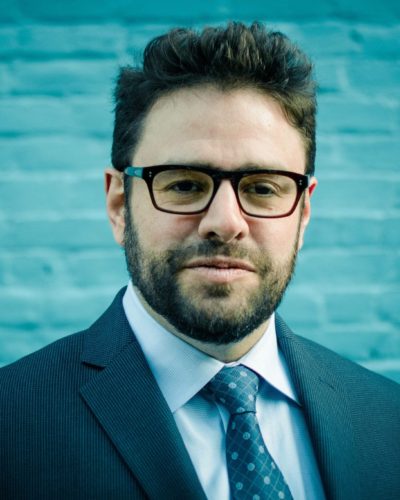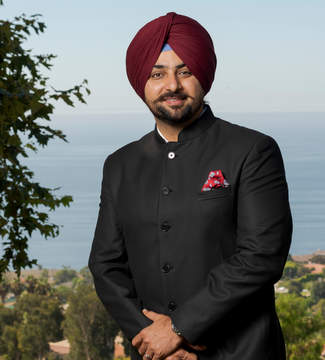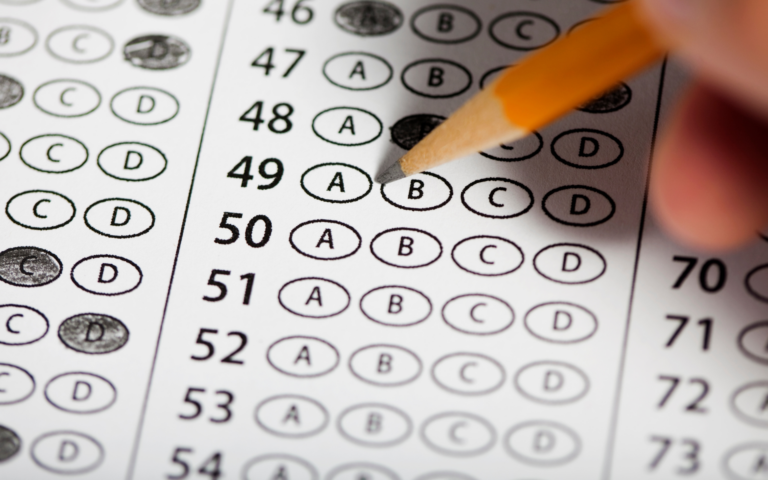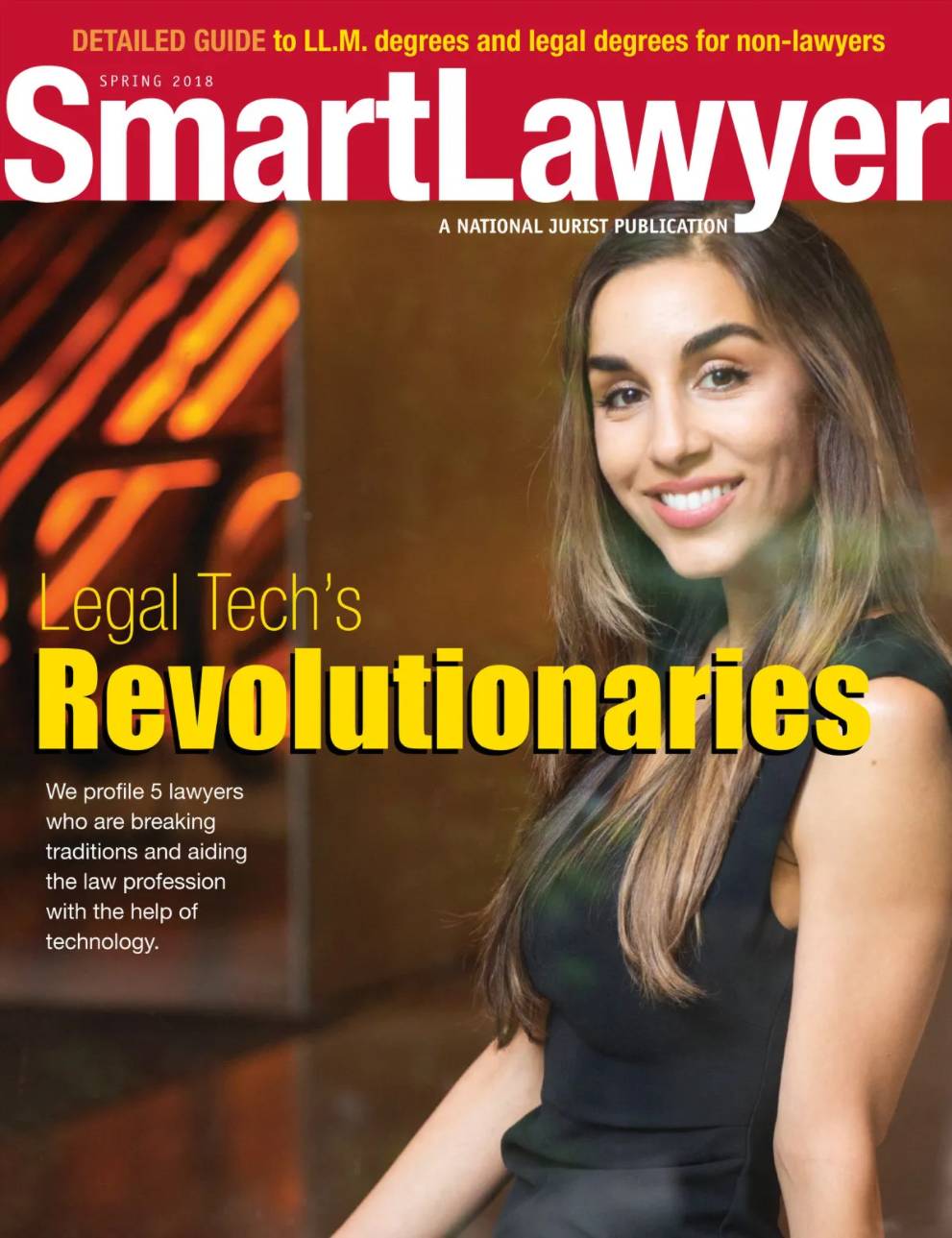Who wants to go back to law school?
Who wants to return to the classroom, listen to professors, take copious notes, study for exams and then take said exams … That’s what it takes to land an advanced law degree, the LL.M. Oh, it also requires about a year of your time, as well as some serious coin.
So — you bet — it better be worth it.
Tom Warschefsky, for one, has relished his experience of going back to law school to get his LL.M. in cybersecurity. And that’s partly because of the school he chose: The University of Texas School of Law in Austin, which puts considerable effort in creating a unique and progressive LL.M. program.
“One of the attractions of the UT program is that it’s more personalized,” he said. “You really feel you are getting a lot out of it every day.”
That reputation may not be widely known, however.
While it’s common knowledge which law schools have the top J.D. programs — Yale, Harvard, Stanford, et al. — there’s limited information regarding the quality of LL.M. programs. Just because a school has a laudable J.D. program, doesn’t mean it has a stellar LL.M. program. It could track that way; it could not.
Indeed, the National Jurist magazine is one of the few legal publications that offers insight on LL.M. quality in our Honor Roll of LL.M. programs, which we publish annually in our Back to School Issue.
Four Texas Law LL.M. programs — including cybersecurity — were among those we honored last fall. In all, 87 programs at 25 schools made the list. The National Jurist looks at a number of factors to determine the Honor Roll. It also seeks input from schools as part of the analysis. The criteria include:
- Curricula (number of professors and courses offered) – 30% of score
- Practical training (simulation courses, externships and live client guarantees) – 25%
- Job placement and networking opportunities (including whether there is a dedicated career counselor) – 20%
- Extracurricular activities (ability to participate in journals, moot court and student groups) – 20%
- Other – 5%
When it comes to LL.M. programs, there’s no oversight from the ABA. Schools only need to gain consent from the accrediting body to start one. As the ABA notes on its website: “ABA accreditation does not extend to any program supporting any other degree granted by the law school. Rather the content and requirements of those degrees, such as an LL.M., are created by the law school itself and do not reflect any judgment by the ABA accrediting bodies regarding the quality of the program.”
So schools have carte blanche in regards to how they create and manage such programs. Many LL.M. programs target foreign attorneys because, by completing an LL.M., those students can be eligible to take the bar in some states. The LL.M. has also grown in popularity when it comes to U.S. attorneys who hope to advance their career.
Some LL.M. specialties, such as in tax, are considered to be necessary in helping attorneys succeed in their fields.

Warschefsky has been practicing law — his area is national defense — since graduating from Western Michigan University Cooley Law School in Lansing in 2009. However, he wanted to gain knowledge in cybersecurity, a specialty that’s becoming increasingly in demand.
“I didn’t know a ton about it,” he said. “It impacts every aspect of our lives.”
It was a mid-career move that made perfect sense, he said. His current work is more client-focused. This would offer a different and broader perspective.
“If I would have done it right out of law school, I wouldn’t have gotten the same kind of benefit,” Warschefsky said. “It would have felt like another year of law school.”
So how did he choose?
There are not many schools that offer an LL.M. in cybersecurity, which made the search somewhat narrow, but Warschefsky still did considerable research. Even though the cost was being paid by his employer, he still wanted to make sure he found the right fit. After all, he was going to be spending nearly a year on campus. He lives in North Carolina, and no law schools in that state offer an LL.M. in the specialty.
So he looked into specific classes offered, as well as the faculty. He also contacted alumni. He was sold on The University of Texas for two main reasons. For one, the LL.M. cohort is small. And not only is the program rigorous, the school has a strong, dynamic J.D. student population. Most of the classes include J.D. students.
“I wanted the push.”
He graduates in May and hopes the LL.M. will one day help in his future career goals.
“It could open up other doors,” he said.
Program size
Some LL.M. programs have been criticized for being too large, impersonal, and revenue-driven. The most damning description? They’re called “cash cows,” meaning they look to supplement the overall law school budget with LL.M. money.
The University of Texas School of Law, however, avoids that criticism. This year’s LL.M. class totals 35 students. The school designed the program to be limited in size and very much in tune with student needs, said Mauricio Pajón, the Director of Graduate & International Admissions at Texas Law.
“We want students to get what they came for and succeed academically and professionally,” he said. “Our mission is to keep [the LL.M. Program] diverse, selective, and small and give each and every student the care and attention they need to be successful here.”

Having a smaller LL.M. class means that students receive individualized attention and support as part of a strong cohort of master’s students, he said.
Most of the students are foreign attorneys, so it’s very important to make sure they have adequate support, given they are so far from home, he noted. This year’s class has students from 17 different nations.
While online LL.M. offerings have increased, The University of Texas School of Law remains committed to in-person campus learning. (Adjustments were made during COVID.) The J.D. program is in-person, so the LL.M. program needs to be consistent. That’s because nearly all LL.M. classes are taken alongside J.D. students, Pajón said.
Learning side by side with 880 J.D. students, the LL.M. students gain a number of advantages. Foreign students benefit from learning how U.S. students think and process the law and vice versa.
The school offers six LL.M. specialties, ranging from Cybersecurity Law to Global Energy, International Arbitration & Environmental Law. Texas is the nation’s largest energy producer, so that LL.M. concentration is a natural fit for the school, Pajón said. The school can attract energy law experts, as well as offer student externships in the field.
All foreign students can take any specialty. U.S. students can take all but the one created for international students, U.S. Law for Foreign Lawyers.
One of the strengths of the program is that students can participate in all facets of the law school, from clinics to journals to student organizations, Pajón said. Experiential learning and extracurricular opportunities abound. They are also given considerable support, such as alumni mentors. The school has an LL.M. career services adviser as well.
For U.S. students, the primary reasons for seeking an LL.M. are to boost their careers or look to pivot to a new specialty, such as energy, which, as noted, the law school capitalizes on given its location. Students come from all over the nation.
Foreign students have a myriad of reasons for getting an LL.M. Some are sponsored by their firms back home to get more expertise. Others hope to stay in the U.S. and practice, which is bit more complicated, given U.S. regulations regarding foreign employment. The LL.M. Program is there to help as much as possible, Pajón said.
If they do want to take a U.S. bar exam, the school offers considerable bar prep assistance, he said. Indeed, the national bar passage rate for foreign attorneys is 35%. The most recent LL.M. grads from The University of Texas notched a 100% rate. Beginning in February 2021, Texas has adopted the Uniform Bar Exam, and examinees who take the UBE earn a portable score that can be used to apply for admission in other UBE jurisdictions.
Austin is a draw, too. The fastest growing big city in the United States, it’s becoming a tech hub, Pajón said. Just this past year, Tesla opened its Austin, Texas-based Gigafactory.
“We’re trying to de-mystify Texas,” he said. “It’s not all desert. In fact, there is a lot of opportunity here in Texas for LL.M. students, and it starts at The University of Texas.”
A range of specializations
California is home to many of the nation’s top law schools. Stanford, USC, UCLA, etc. They all sport LL.M. programs, of course. But it’s a private school in Malibu that we single out because it has two LL.M. programs that made our Honor Roll.
Pepperdine University Rick J. Caruso School of Law has more than a sweet location going for it (it’s on the coast of Malibu). Its dispute resolution program, anchored by the renowned Straus Institute for Dispute Resolution, is one of the nation’s best, if not the best. So it should come as no surprise that it offers an LL.M. in that specialty, with three concentrations: mediation, arbitration and litigation.
That’s one of the LL.M.s making our Honor Roll, the other being International Commercial Arbitration. The school offers seven LL.M. programs in all.
Dispute resolution is growing more popular all of the time, noted Sukhsimranjit Singh, director of the school’s LL.M. program. It saves both time and money as compared to tradition litigation, he said. Additionally, it’s less combative and helps preserve relationships between the actors. Additionally, it crosses borders, meaning it’s accepted and practiced by many different nations and is seen as a viable, progressive tool.

“It’s a worldwide phenomenon,” he said.
And Pepperdine Caruso Law is on the forefront of helping lawyers develop these skills via the LL.M. programs. Most of the students are foreign attorneys who are attracted to the program because of its reputation. However, the school, like The University of Texas, is very select and keeps the cohort small.
Another important key to creating a successful LL.M. program is to cater to student needs and wants. This is not a one-size-fits-all kind of program, he said. The range of specializations that’s offered is critical to meeting students’ goals, he said.
Having stellar faculty is another vital element. When it comes to dispute resolution, each and every faculty member has practiced that style of law, so they know it beyond textbooks, he said.
Foreign students wanting to take the U.S. bar get hands-on assistance beginning from day one, he said. U.S. students are also drawn to the dispute resolution LL.M. because of its star power. Many are mid- or even late-career lawyers. In the current class, one student is a recently retired judge; another is a current family court judge. Both are looking to become arbitrators, he said.
The school helps all students with career goals and offers externship opportunities. It is nothing if not focused on student success, Singh said.
Not only does the program owe that to students, it has a reputation to maintain.
“We’re a leader,” he said.
Mike Stetz is a contributing editor for National Jurist and preLaw.







